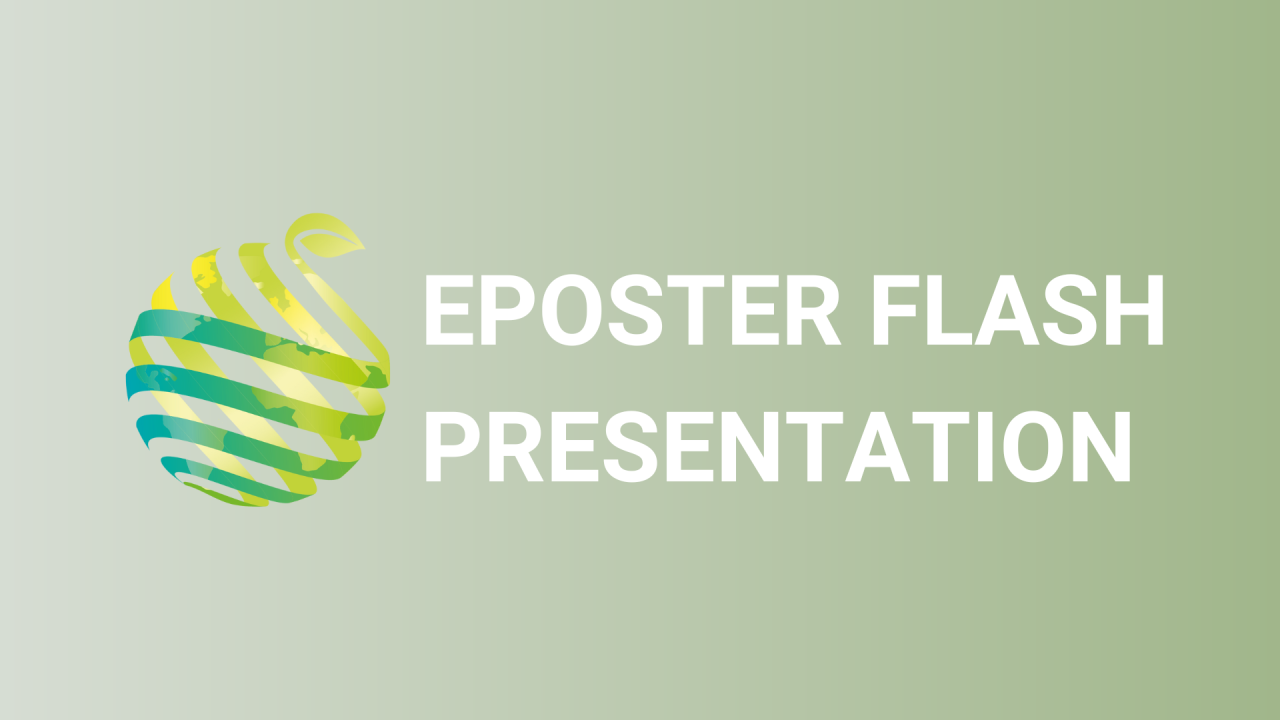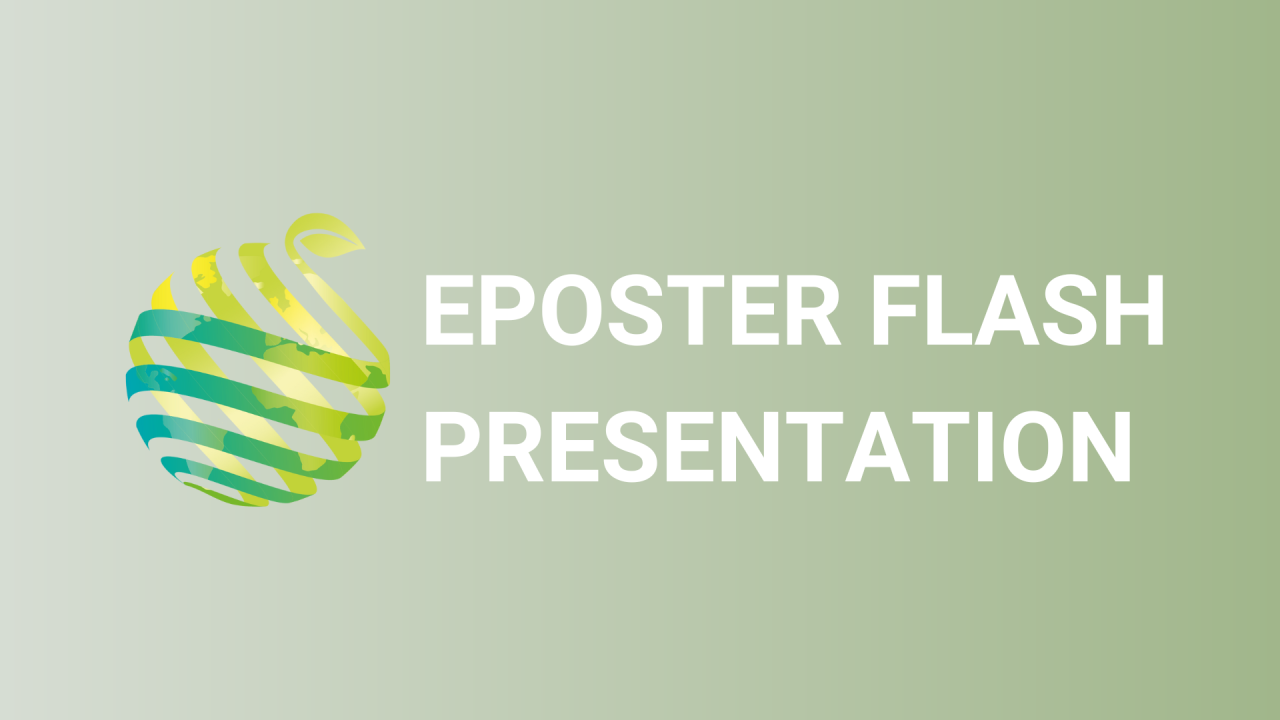

S05 - Session P2 - Breeding and micropropagation of Alstroemeria pallida: a source of promissory genetic lines for the development of winter hardy plants
Information
Authors: Danilo Aros*, Lissette Carrasco, Abraham Andoñe
Alstroemeria is a South American genus, represented by about 110 species. Among these species, Alstroemeria pallida is native to the Chilean Andes Mountains and, besides its attractive pink and big flowers, this is a winter hardy species, which is an important character pursued by breeders for garden plants. The aim of this research was to obtain hybrids using A. pallida as a parental line and develop an efficient micropropagation protocol for the hybrids. Fresh pollen was collected in situ from several accessions of A. pallida to manually pollinate flowers of several hybrids of the Alstroemeria Breeding Program of the University of Chile. After 14 days, the embryos were rescued and grown under in vitro conditions using ½ strength MS medium supplemented with 30 g L -1 of sucrose and 7 g L -1 of agar. Successfully grown hybrids were replicated and the effect of the MS medium (33, 66 and 100% MS), supplemented with different concentrations of BAP (6-Benzylaminopurine) (0,0; 0,5; 1,0 y 2,0 mf L -1 ) were assessed after 0, 3, 6 and 9 weeks. A total of 192 crosses were performed and the only success crossing was achieved using 13B01 (hybrid) x 65B ( A. pallida ), from where 4 hybrids were obtained. The statistical analysis showed that there is no interaction between the levels of the MS and BAP factors for the length of the rhizome (cm), shoot length (cm) and explant weight (g). However, there was a combined effect for the proliferation rate, where the treatment being supplemented with 33% MS and 1,0 mg L -1 showed the highest response, with the production of 7 new rhizomes after 9 weeks. Thus, four promissory A. pallida hybrids were obtained and efficiently micropropagated. Further studies will show the ornamental value and confirm the winter hardy character of these hybrids.